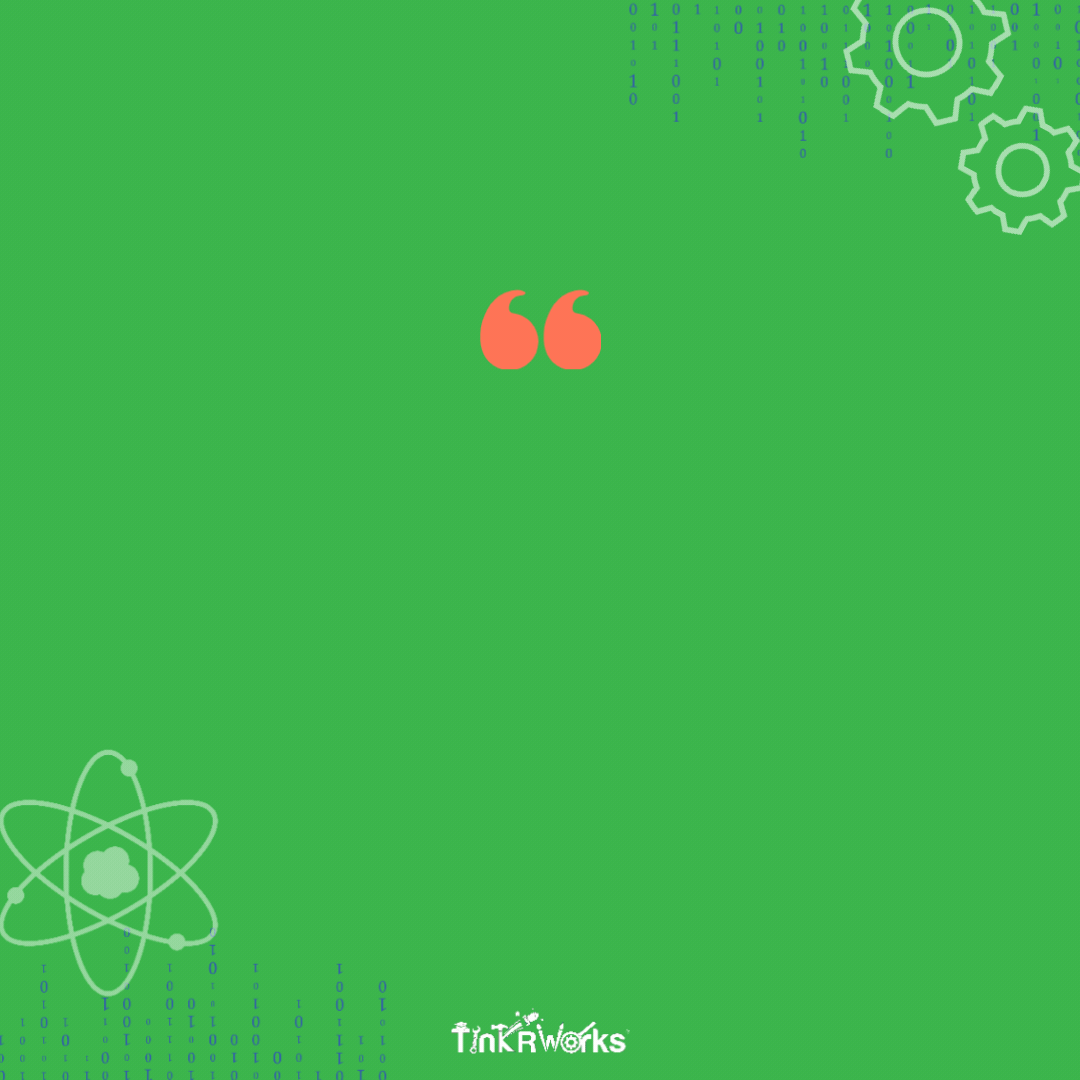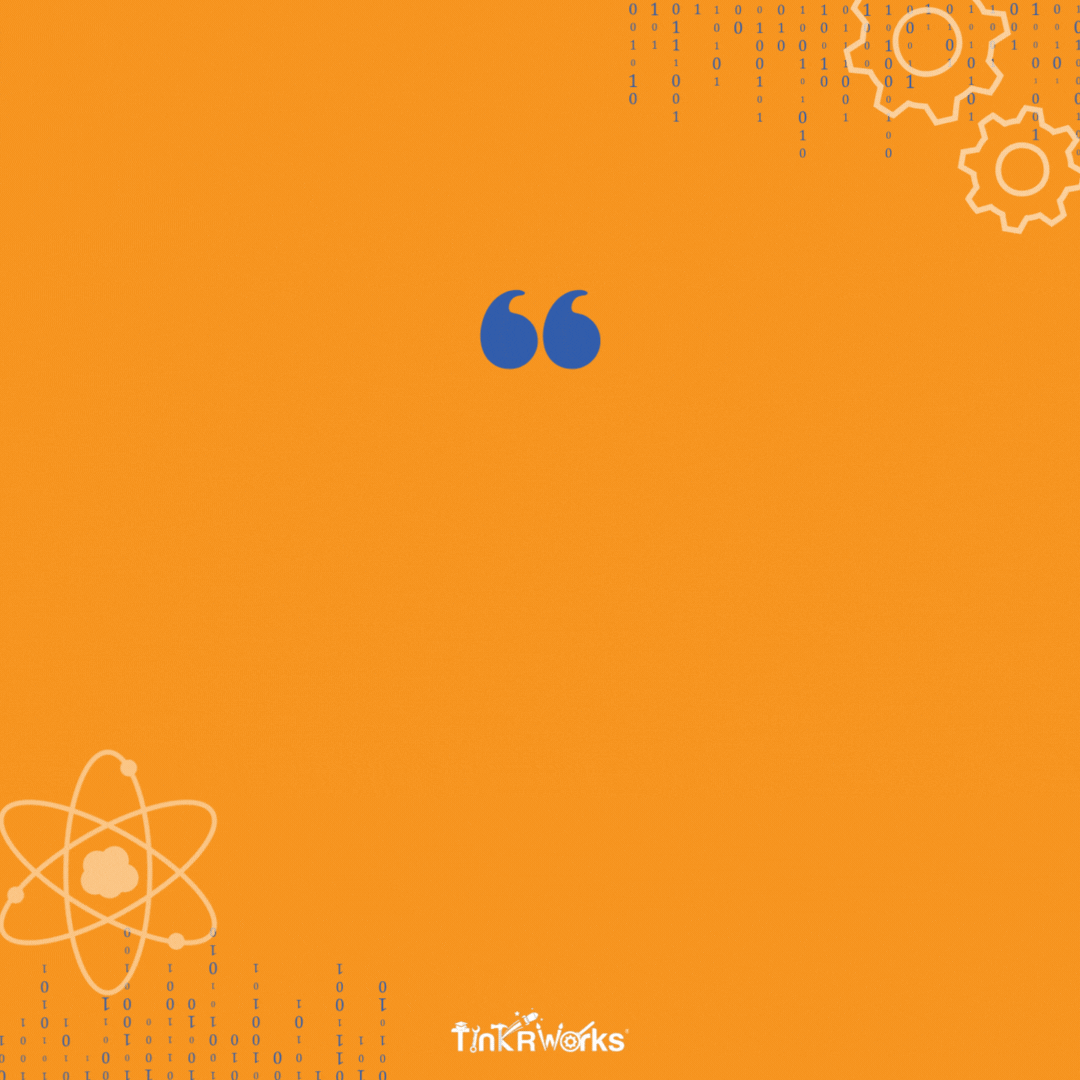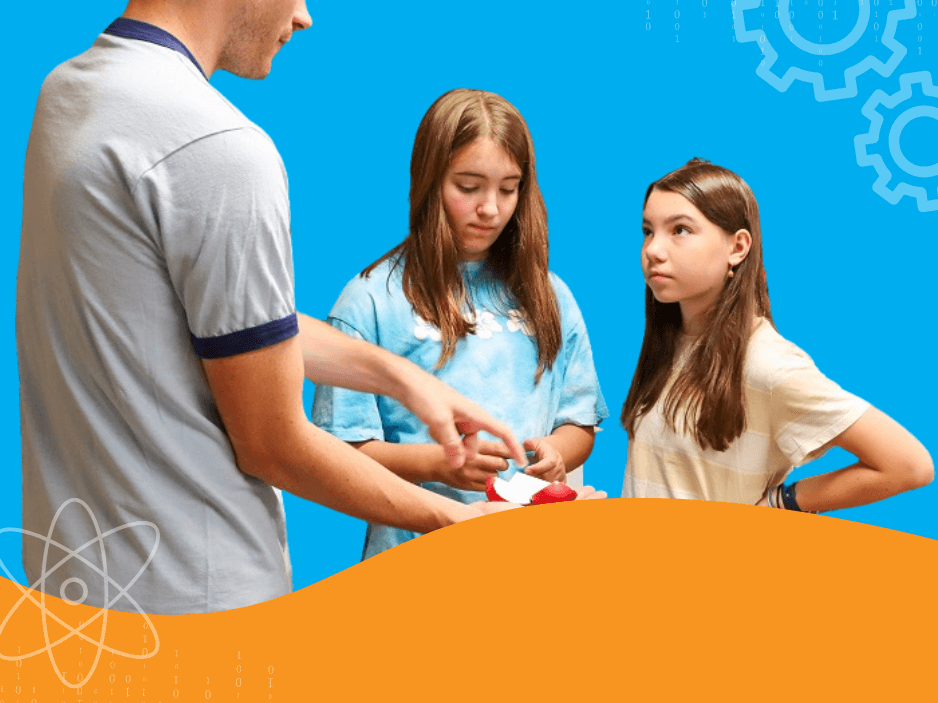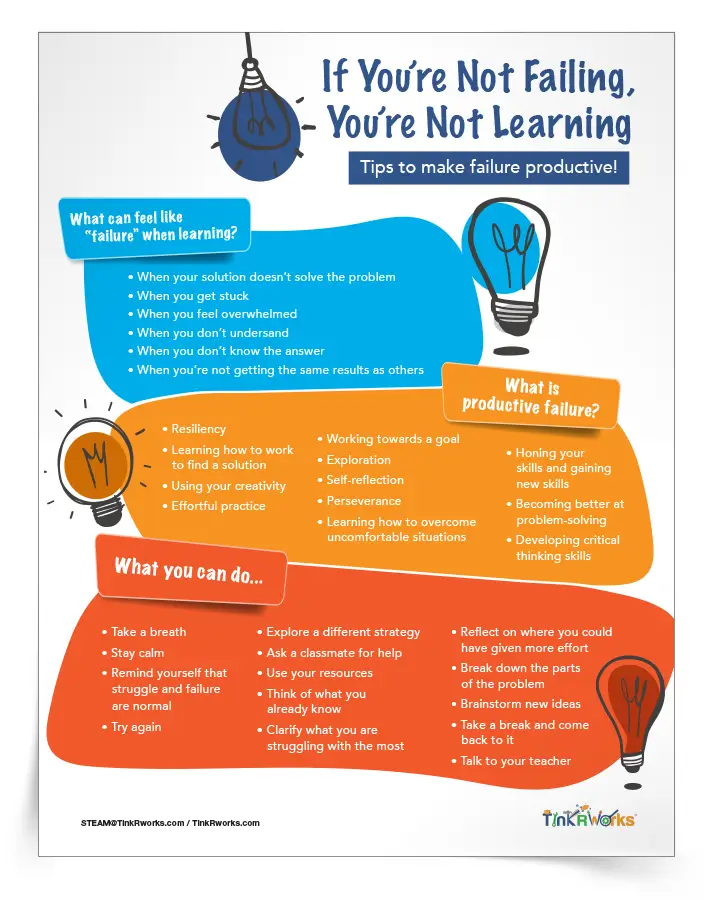One of the single most important things you can instill in your students is how to fail well. Productive struggle is a critical skill for future academic and career success—and STEAM (science, technology, engineering, art, and math) lessons are particularly suited to teach it. In this article, you’ll learn the benefits of productive struggle, how to teach students to fail forward, and how to support productive struggle in your STEAM-centered classroom. You’ll also get access to our free download for students, the Making Failure Productive Tip Sheet
What is Productive Struggle in Education
If you’re in the world of education, you’ve definitely come across a series of interconnected buzzwords: growth mindset, grit, productive failure, and productive struggle. These terms have been at the forefront of education for quite some time now, and for good reason—they’re hugely important for students’ long-term success!
However, despite the growing efforts of educators to promote resilience and a growth mindset in students, studies show that most young adults enter college ill-equipped to deal with failure and lacking the tools necessary to reframe these moments of struggle into learning experiences.
Now more than ever, students need to learn how to fail productively. Productive struggle is an instructional framework in which students are taught to struggle independently to understand problems, innovate solutions, try them out, watch them fail, and try again all without direct instruction or teacher intervention. Instead of seeing failure as a dead end, students begin to see their failed attempts as opportunities to learn and grow. Sound familiar? (HINT: This is a pretty similar setup to most STEAM lessons!)
STEAM classrooms are uniquely positioned to help students approach challenges and overcome struggle due to the structure of Project-based Learning. In order to help students fully realize the benefits of productive struggle, educators need to learn why this type of failure is important and how to support students as they face these struggles during STEAM lessons.
Benefits of Productive Struggle in the Classroom
Learning how to fail productively is a vital skill for any and all fields, but it is particularly key to a successful STEAM lesson. When students learn how to struggle productively and “fail forward” by overcoming their challenges during STEAM, they are learning skills that translate in their future classes and the workplace.
In fact, studies show that when students learn how to see failure as an opportunity to improve, they…
- Learn a deeper level of content knowledge
- Strengthen their procedural fluency skills
- Cement lesson concepts into long-term knowledge
- Are able to transfer the lessons’ conceptual knowledge to solve problems in new situations
- Are equipped with the mindset, perseverance, and grit to think like scientists and succeed in the 21st century scientific community, where you MUST keep innovating to succeed
Knowing these benefits, it is important that STEAM educators learn the interworking of productive struggle, so they can empower the next generation of scientists, tinkers, mathematicians, and innovators.

How to Teach Students it’s Okay to Struggle and Fail in the STEAM Classroom
The first step in nurturing productive struggle in your STEAM classroom is to teach students it’s okay to fail. While it can be tricky to reframe students’ thinking about something they’ve been taught their whole life to avoid, there are some ways to get students to feel more comfortable with the concept of falling short:
-
Start by making sure your classroom is a safe place for students to struggle and fail
- Nurture a positive, supportive classroom environment.
- Do team-building exercises to help students get to know each other better and feel comfortable opening up.
- Make it clear that mean and hurtful comments have no place in your classroom.
-
Remove the negative connotation of productive failure
- Explain to students what they can learn from failure and why it’s important.
- Explain that failure is key part of the scientific process and that solving problems inherently involves failure.
- Give students examples of famous scientists and innovators who failed countless times before making major discoveries.
- Teach them the acronym FAIL: first attempt at learning; help them understand that failing is the first step in a larger process.
-
Make productive failure fun
- Create opportunities for students to share their failures with the class; let them brag, make jokes, and laugh about their own failures, so that the negative stigma is removed.
- Give students high-fives and praise when they fail and can identify what they learned/how they can do it better in the future.
- Celebrate the perseverance and resilience learned through failure.
-
Teach STEAM students that they can do hard things
- Help students understand that part of innovation is struggle.
- Give them the confidence, support, and resources to understand that they can do hard things.
- Download the Making Failure Productive Tip Sheet and have each student keep a copy of the handout in their workbook.
Tips for Supporting Productive Struggle & Productive Failure in the STEAM Classroom
Teaching students why it’s okay to fail in general is one important step. Supporting them through the pain and frustration they feel when they actually fail during STEAM lessons is also crucial. Taking some time to prepare your strategy for when things literally and metaphorically fall apart during projects is key to making sure you turn possible meltdowns into opportunities for growth.
Try this:
-
Flip the script
- Instead of giving students direct instruction from the get-go, give students time and space to explore on their own.
- Provide students direct instruction and guide them toward resources as needed after they’ve had the opportunity to explore the problem and innovate solutions independently.
-
Let them struggle
- Give students the time and space to struggle on their own, collaborate with others, argue with peers, adapt their strategies, defend their choices, explore solutions, and ask questions.
- Our first instinct as educators is to rush in to help or explain. This is especially true if a student’s bridge falls apart, their light won’t go on, or they’re in tears. It’s important in these moments to take a step back. Instead of rushing in to offer possible solutions when problems arise, let them flounder a bit.
- Instead of rushing to help struggling students, ask guiding questions. These questions will help students make sense of their failures and discover solutions.
- Studies show that students who are given time to struggle independently learn the innerworkings (the “why”) of STEAM concepts. That deeper understanding of problems leads to greater retention and ability to apply this knowledge in new situations.
-
Make problems appropriately hard
- While struggle is good, solutions have to be attainable.
- Design problems that are challenging (but manageable); don’t pick problems that are too difficult or students will just get frustrated.
-
Explain the “why” of it all
- Explain to your students that you’re not picking up the pieces (literally and metaphorically) for a reason. They will persevere through struggle better if they understand that there is a purpose.
- Let them know to expect to struggle and that you won’t provide all the answers.
- Don’t just celebrate failure; teach students why it’s important to persevere.
- Explain the brain science of grit to them. They’ll feel more invested if they understand why they are being encouraged to overcome challenges on their own.
-
Reframe the purpose of the project
- A writing teacher would never frame a first draft as a failure at writing an essay. A draft is seen as one first step in the overall writing process. Reframe your STEAM projects in the same way. The first few attempts at a solution are just steps in the overall design process—not dead ends.
- Emphasize process over product—the learning is in the doing, not in what you create.

In Summary
The 21st century workforce needs people that not only have foundational STEAM content knowledge but who can also work through failure and use their struggles and opportunities to adapt and innovate within their fields. In order to equip the next generation of STEAM workers, educators need to teach students how to fail productively. This requires providing students with the guidance, resources, time, and support to do hard things, reflect on what went wrong, and do better in the future. Download and share the Making Failure Productive Tip Sheet so students can reference it when they experience challenges during STEAM.




